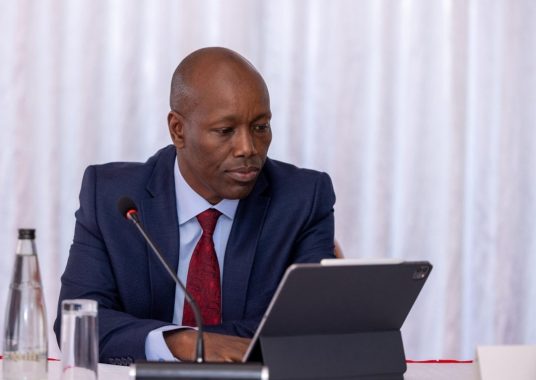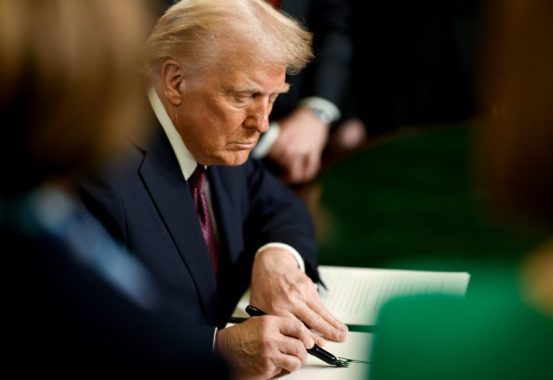Cabinet Secretary for the Ministry of Investments, Trade, and Industry, Lee Kinyanjui, has outlined how Kenya stands to benefit following the United States’ decision to impose a 10 per cent tariff on Kenyan exports.
In an official letter dated April 3, 2025, Kinyanjui highlighted that the new U.S. tariff policy presents both challenges and opportunities for Kenya.
He explained that under the new policy, Kenyan exports to the U.S. will face a 10 percent tariff, which, while a challenge, is still significantly lower than the tariffs imposed on key textile-exporting competitors.
“While Kenyan exports to the U.S. will now face a 10% tariff, this is significantly lower than the rates imposed on key textile-exporting competitors like Vietnam (46 percent), Sri Lanka (44 percent), Bangladesh (37 percent), China (34 percent), Pakistan (29 percent), and India (26 percent),” Trade CS explained.

Here are three key ways Kenya stands to benefit from this tariff shift, according to Kinyanjui.
- Competitive edge in textiles
The CS says that with other textile-exporting countries facing much higher tariffs, Kenya could position itself as an alternative sourcing hub for U.S. buyers.
“This presents an opportunity for investment in local textile production and value addition that could attract businesses seeking to avoid higher costs from traditional suppliers, he explained.
2. New manufacturing potential
According to Kinyanjui, Kenya can explore opportunities to diversify its exports beyond textiles.
“There is a great opportunity to diversify exports beyond our current exports. Industries such as apparel, leather, and agro-processing could benefit from increased demand, he said.
3. Government support for export growth
The CS further disclosed that his ministry, in partnership with the Ministry of Foreign Affairs (MFA), is actively working on plans to enhance Kenya’s exports, adding that MITI is collaborating with stakeholders to identify key products and encourage investment in targeted sectors.
Kinyanjui on challenges
He went on to explain that while the new tariff is lower than those faced by competitors, it still increases costs for Kenyan businesses exporting to the U.S.
“Supply chain adjustments will be necessary, such as expanding production to meet new demand. This will require investment in infrastructure, technology, and skills development,” he added.
He emphasised that the Kenyan government is committed to managing this transition with a focus on prioritising the country’s best interests.
The ministry is committed to managing this transition with Kenya’s best interests at heart. We will continue engaging stakeholders, strengthening partnerships, and implementing policies to support sustainable trade growth and economic resilience.
New tariffs
The tariffs were announced by US President Donald Trump, who cited ongoing trade imbalances and currency manipulation concerns as reasons for the decision.
According to Trump, the 10 percent baseline tariff will apply to all U.S. imports from 185 countries, including Kenya. Higher duties are expected for some of America’s top trading partners.

“Today we are standing up for the American worker, and we are finally putting America first,” Trump said, describing the decision as “one of the most important days, in my opinion, in American history.”
Trump argued that the VAT system employed by many countries, including Kenya, creates an unfair disadvantage for American products. When U.S. goods are exported to these countries, they become more expensive due to VAT, making them less competitive. In contrast, exports from those countries to the U.S. often face fewer restrictions or taxes.